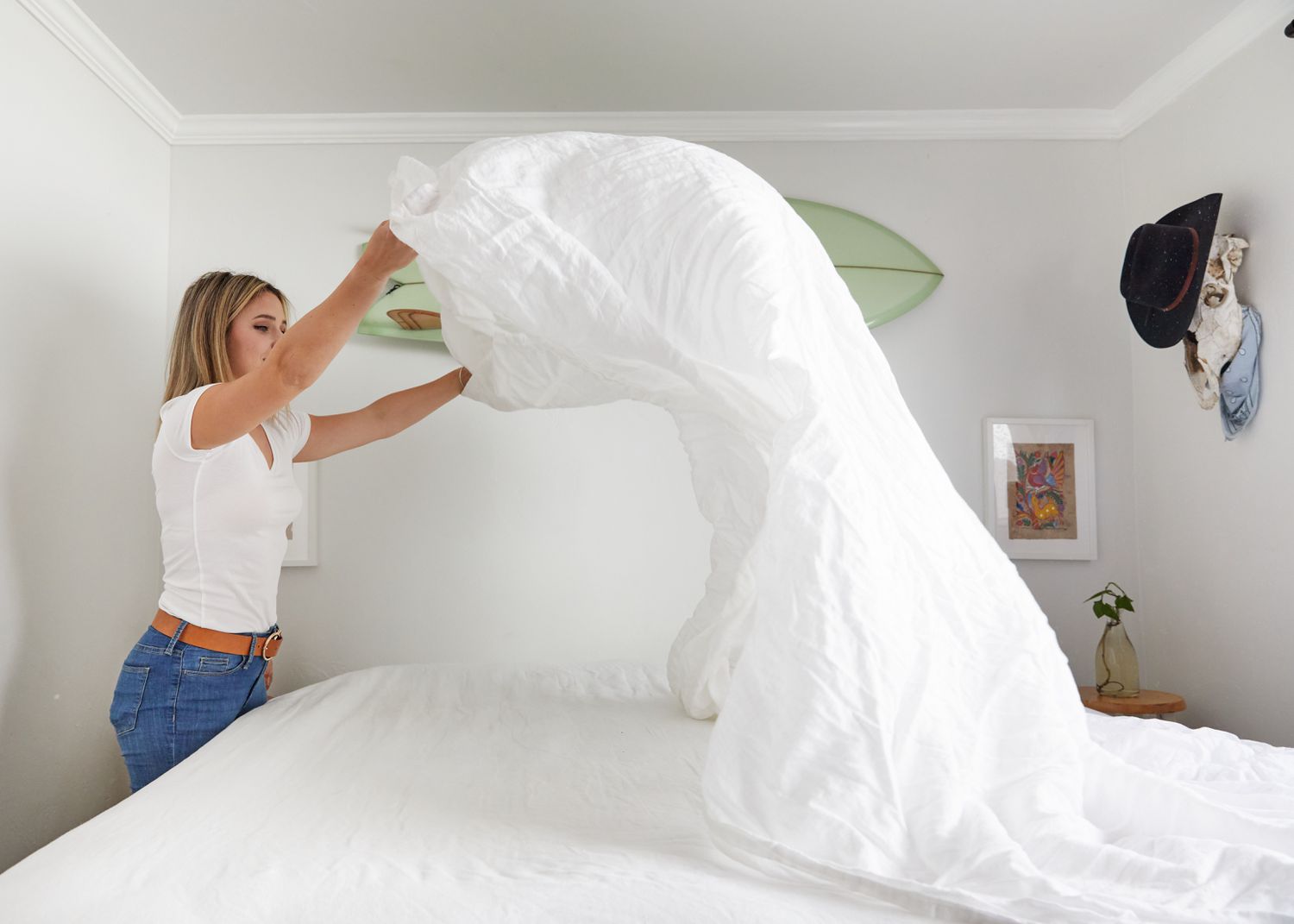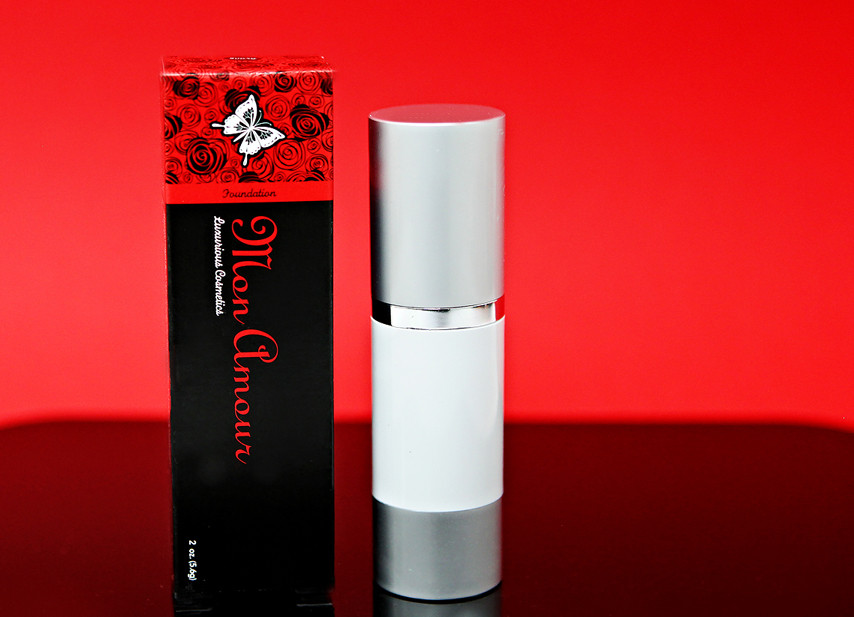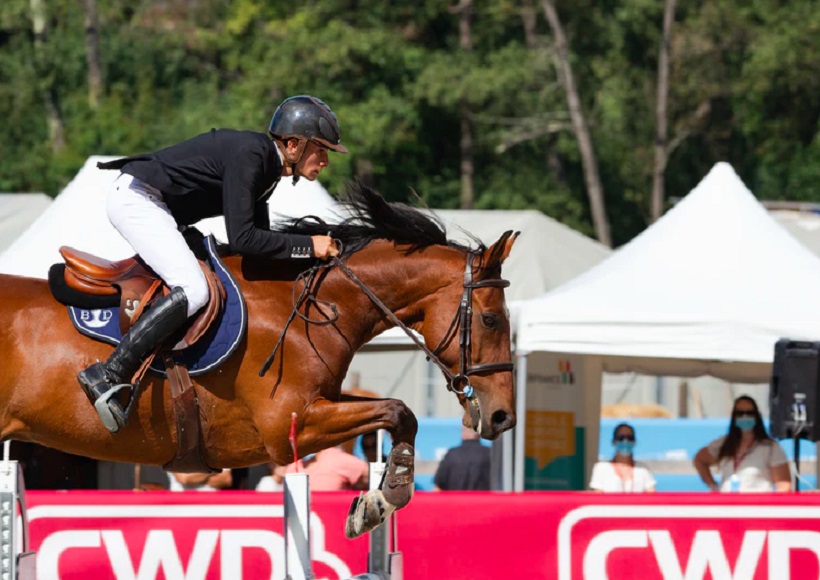Whether or not you’re taken off to the close by outside ice field on a colder season eve or taking your pup on a short walk around the neighborhood in the cool fall environment, you’ve likely wore your #1 scarf. Perhaps the most versatile additional items there is, a scarf can be anything from a creative piece to a presentation of your style to a little warm cover for your neck, allowing you to stay out and make some great memories any more than you could something different. There’s no vulnerability that this embellishment is basic for a fall and winter storage room, anyway have you anytime considered about its arrangement of encounters?
Old Origins
The beginnings of the printed scarf, comparable as the beginning stages of various progressed things, date directly back to Ancient Egypt. Sovereign Nefertiti should be the principal wearer of a scarf as it is acknowledged that she wore one under a rich jeweled headpiece.
Another possible start of the scarf was in Ancient China. Lined rectangular scarves were found on the models of Ancient Chinese warriors. Similarly, during Emperor Cheng’s norm around 230 B.C. scarves were used as a component of a strategic uniform to demonstrate military position.
Finally, for one more of the early patterns of the scarf, one would look at Ancient Rome. Possibly than a strategic embellishment, scarves were used as ‘sweat materials’ by the Ancient Romans. Right when men were busy with requesting genuine work, they would keep a scarf with the remainder of their belongings to wick away sweat. They would be worn either around the neck, over the shoulder, or hitched around their midsection like a belt.
Style Accessory
As history progressed, there came a period where the scarf began to be viewed regarding a more prominent degree a style decoration. Napoleon is said to have sent his first life partner, Josephine, a cashmere scarf from India. Near a comparable time, the Third Duke of Krakow evidently caused the essential to sew scarf. The extra really got standard with Queen Victoria’s ascending during the 1800s. The Queen is said to have worn silk scarves as a plan extra, supporting them among decency as they were all the more expensive and isolated them from the lower class.
Utility
The impression of scarves moved before long during the First World War. Sewing got seen as one’s ‘lively commitment’ rather than a basic recreation movement and tremendous heaps of scarves, gloves, and socks were weaved and delivered off servicemen during this period. Troops were routinely doing battling unforgiving, wet, and cold conditions and decorations, for instance, scarves were much of the time lifesaving for them during the contention. White silk scarves were even worn by pilots who used the fragile surface as an approach to avoid neck scraping. During this time, silk began to be made in the west and was used for certain, reasons including sacks for dangerous charges as silk leaves no development when burned-through.
Plan and Function
Since silk had started to emerge in the west during wartime, many dress brands began to convey silk enhancements. One of the principle social events to convey silk scarves after the contention was Liberty of London, who addressed impressive expert in splendid prints which unquestionably separated the losing faith in regards to the wartime.
Most astoundingly, nevertheless, was when Thierry Hermes made the essential luxury silk scarf in 1937. The association purchased rough silk directly from China, which was transformed into yarn and thereafter woven into a surface that was twice as strong and heavier than any scarves that had gone before it. The plans in like manner included hand-painted nuances, hand-moved edges, and an Equestrian feel. These scarves ended up being very standard and charming, truly moving the impression of scarves and style fundamentally.
With the introduction of Hermes’ arrangements, scarves were at present seen as an alluring plan lace. The issue was that they were just for the most excellent as Hermes’ silk plans were excessive. This changed with the introduction of rayon, in any case called thick. This risky fiber with a semi-designed material was nicknamed the ‘fake silk’ since it reflected the look and feel of silk for a bit of the expense. This allowed scarf associates to end up being more open to the greater part.
The shift toward materials like cotton, fabric, and wool happened during World War II when women were asked to take up men’s situations in preparing plants. Maybe than wearing scarves around their necks where they could be a potential prosperity hazard, women were encouraged to tie their hair up in a scarf, keeping themselves warm while holding their hair back from getting tangled into any equipment. Starting there on, scarves of various materials and styles transformed into a staple of both plan and limit with regards to women and men all through the planet.











